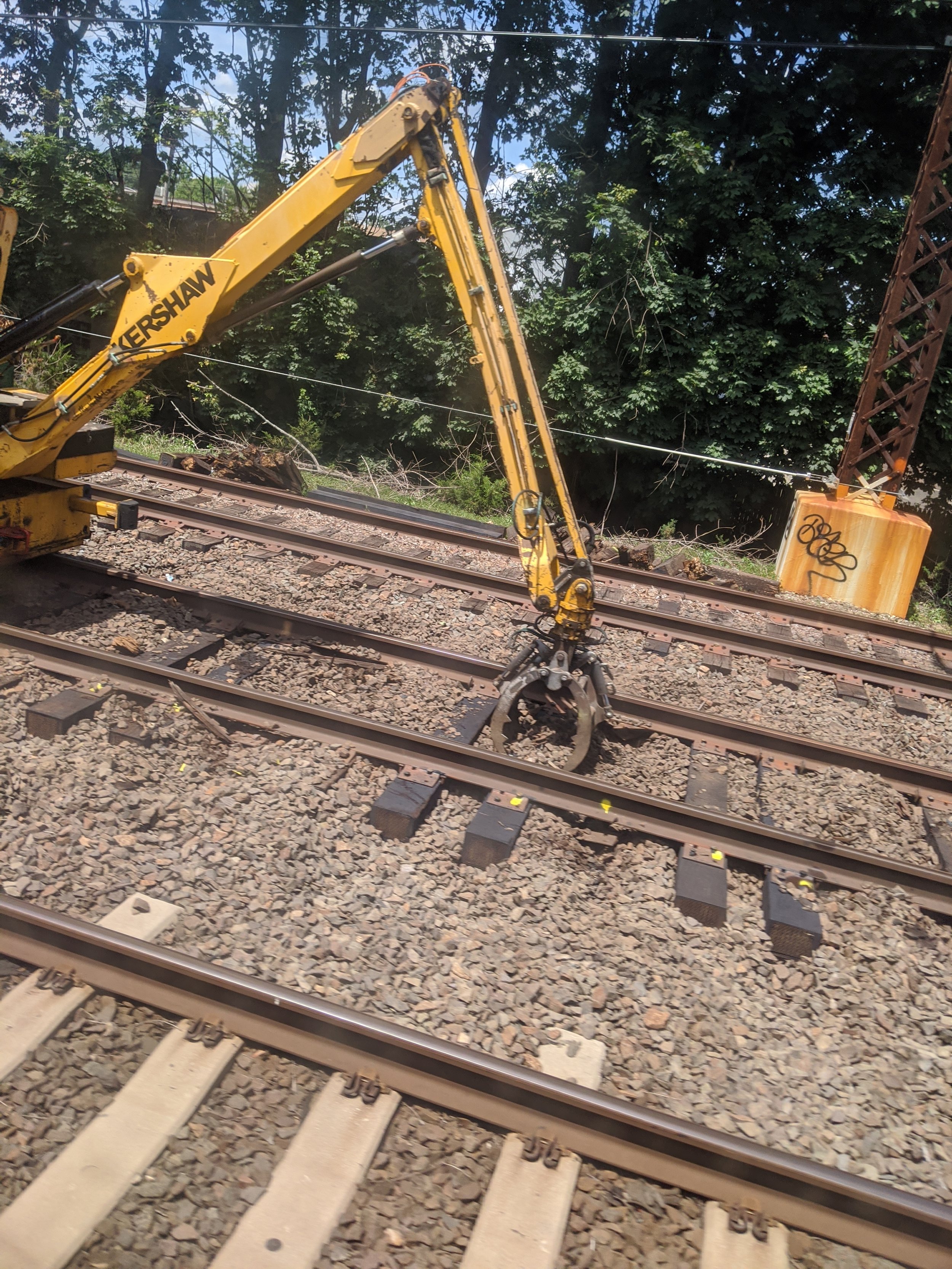Amtrak should get the New Haven Line
Today, Amtrak is the owner or contracted operator of the entire 450-mile Northeast Corridor, save the roughly 50 miles from New Rochelle, NY, to New Haven, CT, known to most as the New Haven Line. The states of New York and Connecticut happened to purchase their respective portions of that line before Amtrak was authorized to acquire rail right-of-way in the mid-1970s. Today, the Connecticut Department of Transportation (CTDOT) contracts with Metro-North Railroad to dispatch and maintain the New Haven Line.
There would be an argument for continuing this arrangement if the New Haven Line were the tightest-run portion of the Northeast Corridor, but the evidence decisively paints the opposite picture. It’s time to turn over the last state-controlled Northeast Corridor segments to America’s national rail operator. Amtrak is certainly plagued by internal dysfunction causing inefficient operations and high construction costs. Still, it is very hard to see even them failing to improve upon CTDOT and Metro-North, whose persistent apathy to commonsense optimizations makes the famously stodgy Amtrak look downright modern.
CTDOT and Metro-North maintain an official view that the New Haven Line is too curvy for trains to travel meaningfully faster than they do today. This claim fails to account for schedules steadily getting slower as signaling systems and trains have gotten better and the overhead wire replacement project has concluded. The travel times in the latest Metro-North New Haven Line schedule, whose speedups have been widely advertised, still do not match those of 2015. For example, New Haven-Grand Central train 1565 was timetabled at 1:50 in 2015 and is currently scheduled to take 1:59 calling at the exact same stations.
Today, off-peak Grand Central-New Haven zone express trains achieve similar average speeds to those of peak-hour North Jersey Coast Line zone express runs linking New York Penn Station with the Shore. There should be no contest; M8 multiple units are more powerful than the locomotive-hauled sets that ply the Coast Line. Moreover, New Haven-Grand Central trains enjoy a longer average interstation distance and encounter less congestion. The two-track line linking New York Penn Station to New Jersey sees 450 trains per day, nearly the volume that Grand Central handles with four approach tracks and more than double the highest traffic on the quad-tracked New Haven Line.
Today, the maximum authorized speeds on much of the New Haven Line are unreasonably low. While trains take the famous Jenkins Curve on CTDOT trackage west of Bridgeport station at just 30 mi/h, Amtrak allows 40 mi/h on an equally tight curve in New London. The speeds listed for these two areas on Open Railway Map are easily verified using train ride footage, a stopwatch, and Google Earth. While Amtrak is reportedly petitioning for a speed boost on the Elizabeth S-curve, Connecticut has been silent about similar changes on its territory.
One of the main reasons for the New Haven Line’s slow speeds is that Metro-North lags Amtrak, let alone many of its overseas counterparts, in automating basic tasks like tie replacement. On most of the Northeast Corridor, much of the maintenance takes place during the night and on weekends. Astute viewers will note that the video I linked above was recorded on a Thursday, and Amtrak certainly has room to improve productivity. Still, it generally manages to restrict track outages to a much lesser duration than the rolling 24/7 closures that define travel on the New Haven Line.
All this slowdown is not facilitating high maintenance standards. On the contrary, despite the Metro-North network encompassing the New Haven Line receiving plenty of money over decades to clear out accumulated infrastructure work, about 1/3 of the ties and significant portions of other components remain in poor condition. Wooden ties can be counted on to last 10 — 15 years, which calls for a replacement of 5 — 10% per year. Rail and concrete ties can legitimately last 30 years or more, equating to 3 — 4% replaced per year. MTA documents clearly show that Metro-North has been lagging Amtrak crews for years.
There are good first-principles reasons to consolidate the Northeast Corridor’s infrastructure under Amtrak. While renouncing direct local control of an asset may seem counterintuitive, in transportation, scale matters. Amtrak already owns or operates an order of magnitude more electrified rail route than does CTDOT and has experience with mechanized track work.
It is also hardly the case that New York and Connecticut would completely lose their leverage; the Senate confirms the Amtrak board and president. Moreover, the change of guard could be traded for concessions such as Hartford Line capital improvements or a reactivation of Cedar Hill yard to simplify Metro-North yard moves and free up valuable New Haven land.











